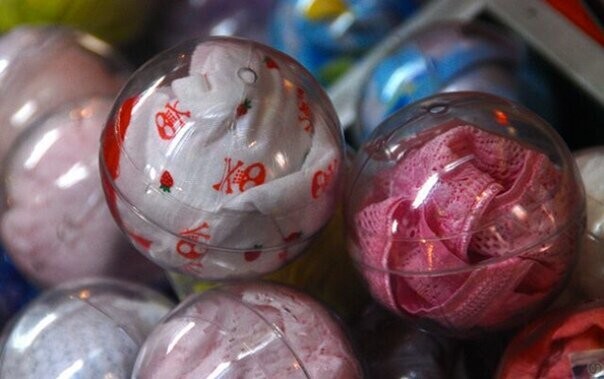Why the Japanese are obsessed with women's underwear (23 photos)
The culture of modern Japan is replete with all sorts of strange and sometimes difficult to explain phenomena to Westerners. Surely many of you have heard that in Japan there are many vending machines in which Japanese women sell their underwear. In this article, the author tried to answer the question of why the Japanese are obsessed with women's panties. 
I think many of you have noticed that one of the most sexualized images in Japanese popular culture is the image of a schoolgirl - a petite girl with huge eyes and a thin waist, dressed in long socks and a miniature skirt, from under which from time to time no, no, yes and the panties will show.
And this image is incredibly popular in Japan, which is why it can be found almost everywhere, from signs and entrances of cafes and bars to Japanese anime. But where exactly did this fashion come from? 
To understand this issue, let's move to Japan at the beginning of the 20th century, when young Japanese girls began to wear sailor suits, made in the image and likeness of the uniform of the British Royal Navy, as a school uniform. In Japanese, the name of this garment sounds like “sera fuku”, and it was first introduced as a school uniform by the rector of the Fukuoka Women's Institute, Elizabeth Lee, who spent some time as an exchange student in the UK, where she, in fact, was inspired. 
A compulsory school uniform was also introduced for boys, which was called gakuran or “tsume-eri”, and it came from a type of Prussian military uniform and was either dark blue or brown. 
By the middle of the last century, such a school uniform began to be considered standard for most Japanese schools, and even today, echoes of fashion from the last century can still be found not only in modern educational institutions in Japan, but also in some anime or TV series telling about the school life of teenagers. 
And, by the way, they also found a place for sports uniforms, which also took place at the beginning of the 20th century. Initially, during physical education classes, Japanese schoolgirls wore so-called bloomers - something like loose breeches or gymnastic shorts, which in Japan were called “buruma”. 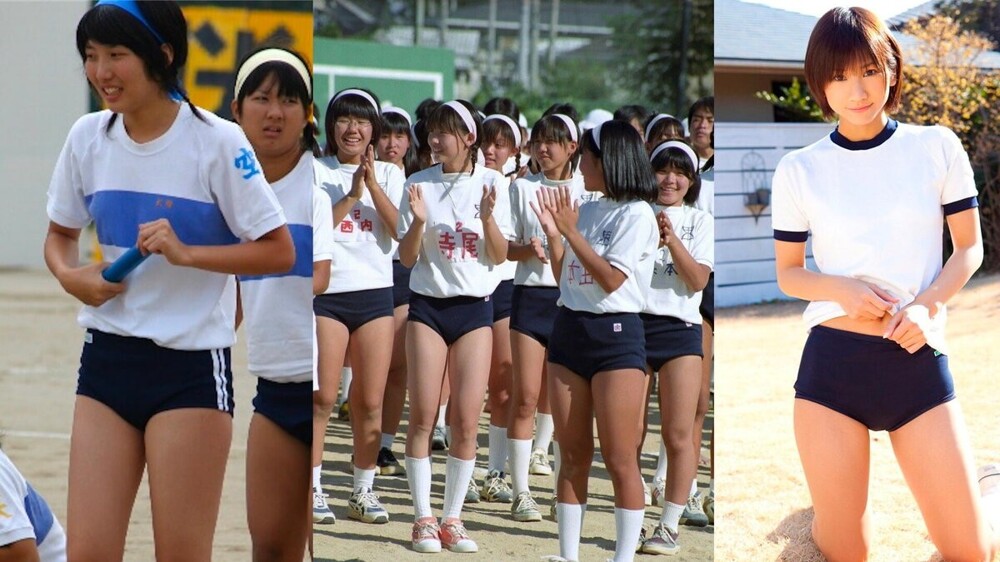
Gradually, the appearance of these same sports breeches changed, and by the mid-60s, not a trace remained of the past bloomers - they were replaced by short, tight shorts, known as “pittari-buruma”. Their popularity was boosted by the performance of foreign women's volleyball teams at the 1964 Summer Olympics in Tokyo. 
Foreign players were dressed in sports uniforms that were quite short and revealing for those times and, thus, attracted the attention of modest Japanese, who could not even dream of such frivolous sportswear. Well, more precisely, at that time they could not. 
Moreover, when the teams of Japan and the USSR met on the field in the final match, everyone unanimously noted that the short shorts of the Soviet team fit the body better and did not restrict movement, which means it was much more comfortable to play in them. Actually, this remark led to the fact that by the 70s of the last century, most schools adopted “pittari-buruma” as the standard for sports uniforms - so to speak, cheap and cheerful. 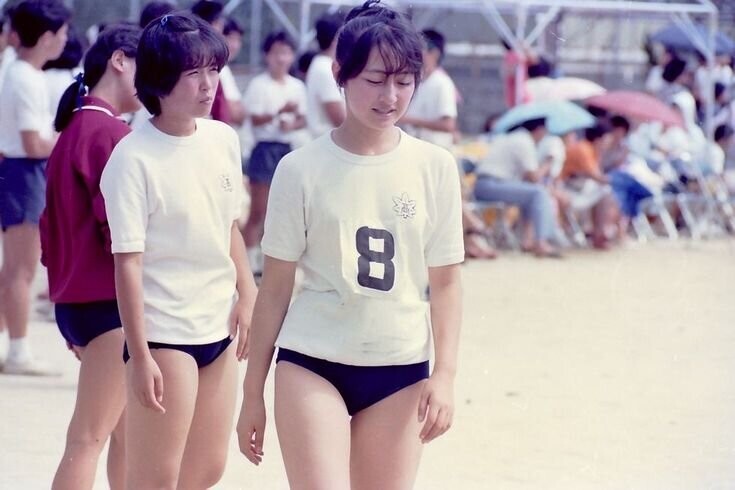
And here we are, with the light gait of a Japanese geisha, creeping up to the key moment of this whole story. Despite the fact that “pittari-buruma” were lightweight and comfortable during sports, wearing them was associated with one very significant drawback. Due to the fact that sports shorts were, to put it mildly, very short, they did not always completely cover their underwear, which, in general, caused schoolchildren certain inconvenience, both physically and morally. 
Howeverall the complaints of Japanese schoolgirls about the frankness of the sports uniform were generally ignored by the management of educational institutions, until one day, in 1993, a group of students from a Singapore Japanese school openly protested loudly against the use of “pittari-buruma” as a compulsory sports uniform . In particular, they complained that their appearance attracted unwanted attention during physical education classes. 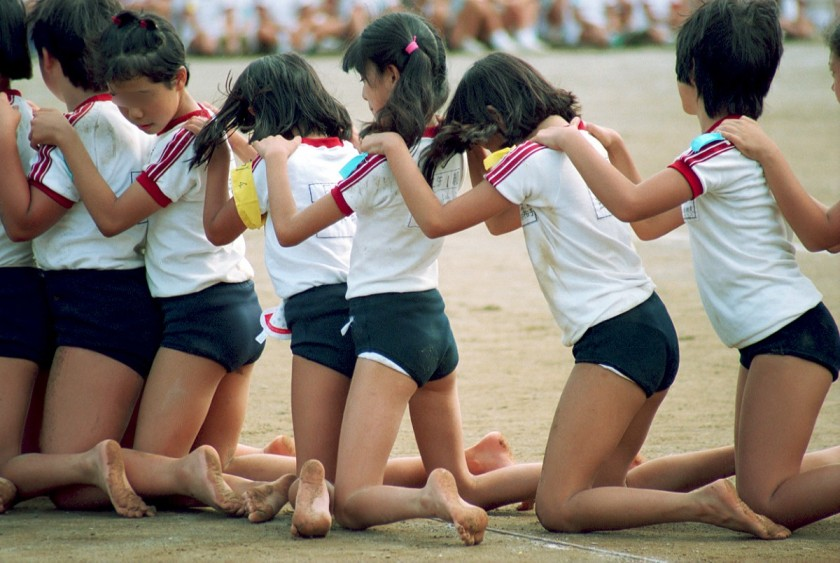
Despite the fact that the school management reacted to the protest rather sluggishly, news about it got into the Japanese press, and from there, as you understand, into the public consciousness, after which the editors of Japanese newspapers had to literally rake through letters from women who supported the protest and experienced unpleasant experience of wearing “burum” at school. 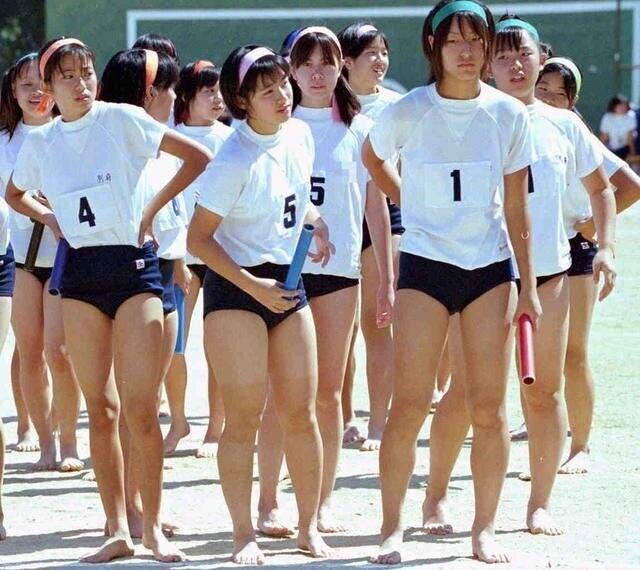
In general, under public pressure, schools began to gradually abandon short sports shorts for their students, and at present they are practically not used anywhere. But, as you understand, they were not forgotten - otherwise we would not be sitting here now. “Pittari-buruma” as a school attribute continues to exist in the minds and fantasies of anime and manga creators. 
Actually, it was in the 70s of the 20th century that sports shorts on schoolgirls suddenly became an object of desire for the entire mass culture of Japan, and images of girls in minis (and skirts as well) began to be exploited almost everywhere, from music videos to frank erotic films for adults. Suddenly, the idea of sexualizing girls in short shorts or skirts with their underwear visible became incredibly attractive and popular, and no one could stop this machine. 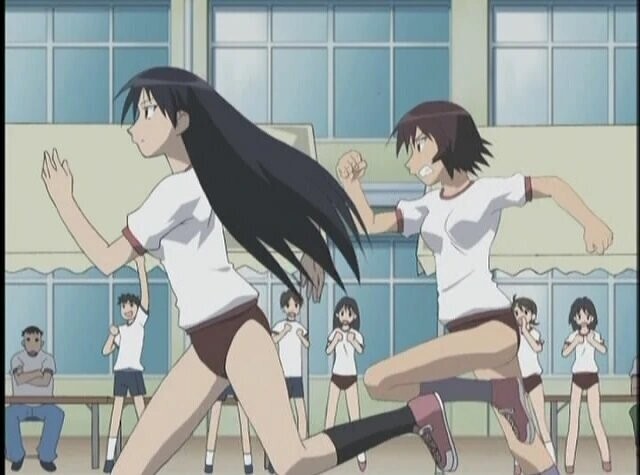
Moreover, no one really tried, since the Japanese had a completely new type of fetish at their disposal. Which? I think you will understand everything when you take another look at the title of today's article. Well, for those especially interested, I’ll note that the Japanese name for this fetish is “buru-sulfur,” which in a narrow sense implies a slight obsession with underwear. 
It’s just a stretch to call it “light”, since in Japan almost all phenomena have superlatives. This happened with “buru-sera”, when in the 90s entire stores appeared in special neighborhoods selling school skirts, stockings, blouses and, of course, underwear. Of course, the goods in such stores were completely new, but over time, an increasing number of visitors began to wonder if there was anything used for sale. 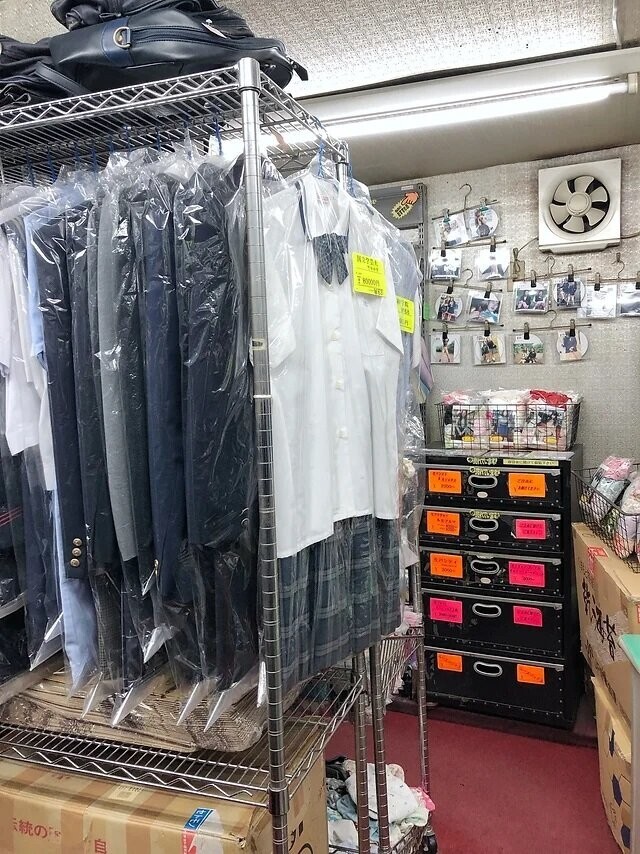
Initially, in response to such questions, sellers twirled their fingers at their temples or shrugged their shoulders in surprise, however... the Japanese would not be Japanese if they had not figured out how to satisfy the ever-increasing need of customers for a specific product. First, the same new items of women's toiletries began to appear on the shelves, but with a worn-out effect, and then... ohhh... some owners of such shops and stores began to ask their workers to wear underwear during the day, and then put it up for sale. 
Further, more and more, and young girls, having learned that among ordinary Japanese there is a demand for used women's underwear, began to regularly bring their own to stores in order to earn extra money. In the end, everyone was a winner! Of course, such a business could hardly be called legal. Moreover, it was considered “dirty”, and the owners of stores that accepted underwear from young Japanese women did not advertise this, however, as they say, even walls have ears, so there was always someone who could report to the police not only the seller, but also the “supplier”. 
I can already see the silent question in your eyes: “Why do the Japanese need worn women’s panties?” It's simple. In sexology there is such a thing as paraphilia or paraphilic disorder, which implies receiving pleasure and excitement from, let’s say, situations, objects or phenomena that are unusual for most people. 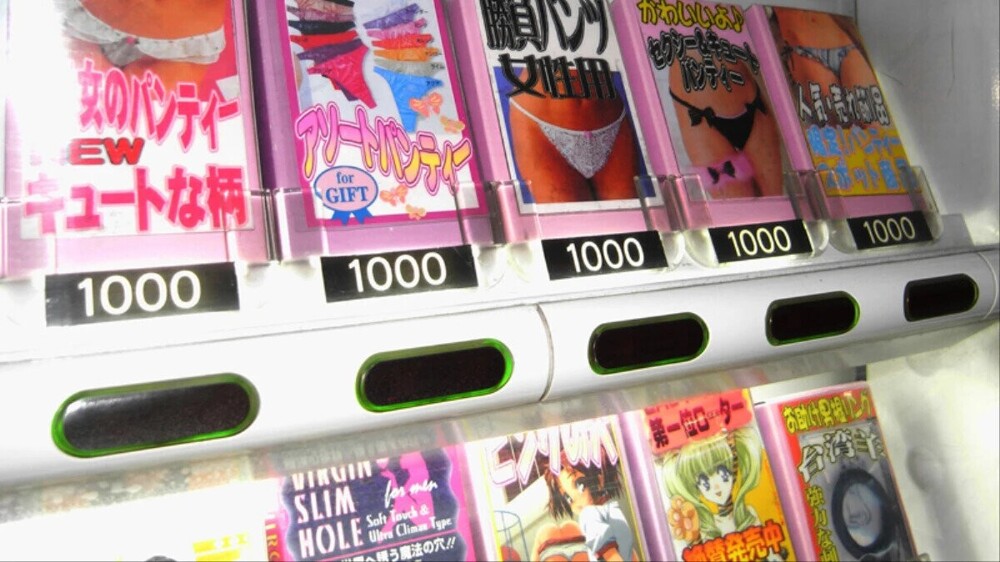
And in our case, such an item is women's panties, most often used ones. And, it must be said that such a fetish is a very popular thing in Japan... so popular that at some point it turned into a social phenomenon - a kind of “transition from a closed bedroom to an open society.” In general, such a subtle moment... 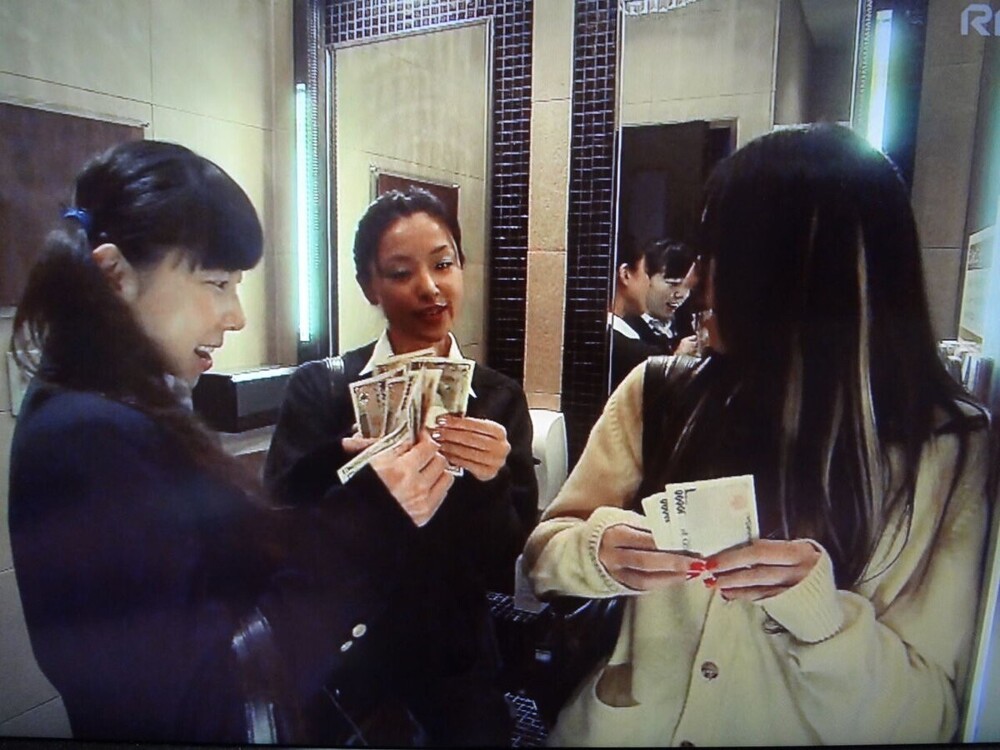
And, in fact, the stores selling used panties, which I already mentioned above, were just the tip of the iceberg. In the same “dashing 90s”, special vending machines began to appear, in which you could buy not only drinks, food, ties, socks, comics, hygiene items, but also... used panties. The first machines with such content appeared in the city of Chiba in 1993, but local residents, who did not share such a passion, opposed the machines standing near their houses. 
The main reason for the outrage lay not in what these machines sold, but in the fact that the “filling” for them was supplied by underage Japanese young ladies. However, the machines did not disappear from the streets of Chiba, since at that time there was no law prohibiting or somehow regulating their operation. And the official ban on individual machines in public places was adopted in Japan only in the early 2000s. 
By the way, today in Japan, vending machines with “worn” panties of Japanese schoolgirls are still functioning, and in them, for only 3 dollars you can buy a plastic sphere, which will contain supposedly used panties. The linen is specially aged and treated with fragrances, but in fact it is completely new and has never been worn. And the story about the fact that they are worn is often used to attract tourists. You never know what their preferences are... 